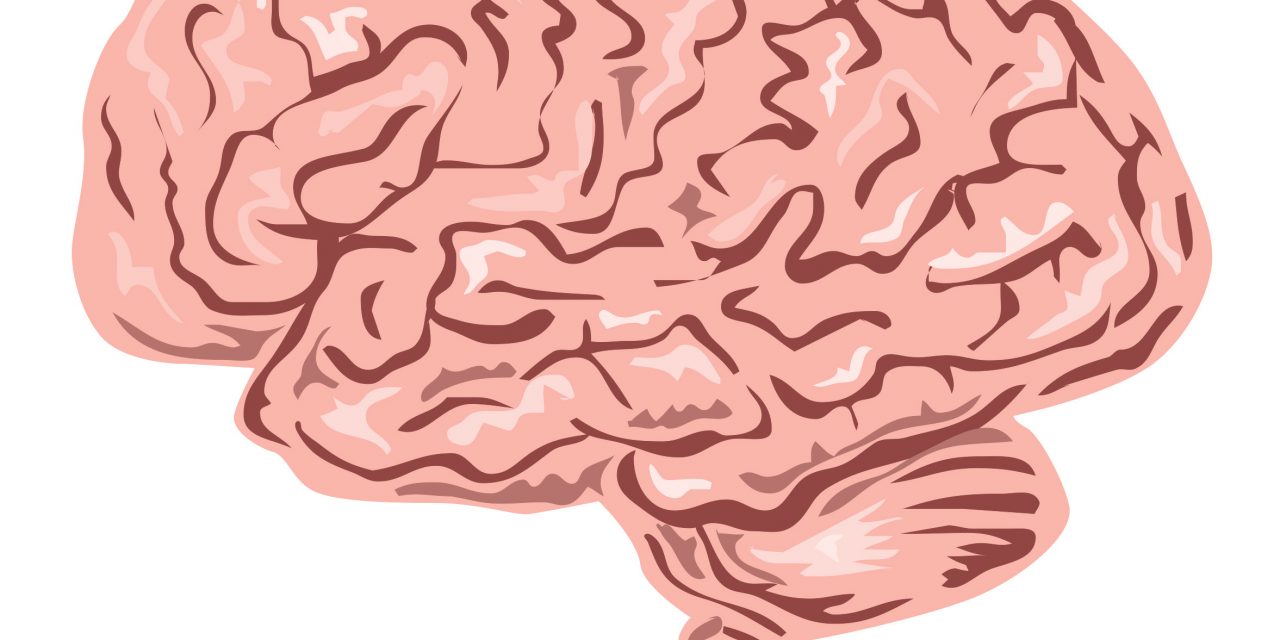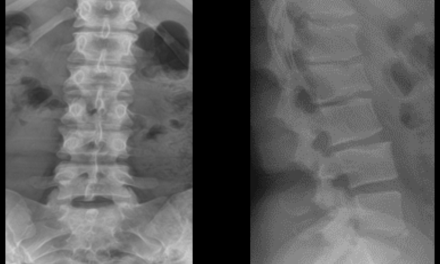
Syringomyelia

Syringomyelia (SM) is a chronic disorder of the spinal cord in which cerebrospinal fluid (CSF) forms a cavity within the spinal cord, known as a syrinx. Over time the syrinx can expand and elongate, damaging nerve cells inside the spinal cord, thus causing a vast array of symptoms that depend on the location and size of the syrinx and, subsequently, the structures in the spinal cord that are affected.1When a syrinx affects the brain stem, this type of SM is called a syringobulbia and often affects the cranial nerves (VII, IX-XII).6
Symptoms
The symptoms one might experience from this condition are very common in the chiropractic office and include:
· stiffness in the back, shoulders, arms, legs,
· scoliosis,
· chronic severe pain,
· headache,
· loss of the ability to feel extremes of temperature or pain in a capelike distribution over the neck and shoulders,
· progressive weakness (mostly upper extremities),
· loss of bladder function, and
· loss of sexual function.
When the brain stem is affected, symptoms may include, tongue weakness, or atrophy, SCM and trapezius weakness, dysphagia, dysarthria, and facial palsy.6 Symptoms usually develop slowly with this condition, but one can experience sudden severe symptoms with coughing, sneezing or overexertion.3 SM often spares the DCML (dorsal column/medial lemniscus) therefore leaving vibration, proprioception, pressure and touch intact in the upper extremities.5
CSF and its Cycle
In order to better understand the etiology of SM, it is helpful to understand CSF and its cycle. The function of CSF is to form a protective liquid barrier around the brain and spinal cord that also transports nutrients and waste.3 It is produced by the choroid plexus in each of the four ventricles and exits into the subarachnoid space via the lateral apertures and median aperture in the fourth ventricle to circulate around the brain and spinal cord. A portion of the CSF does not exit the fourth ventricle and circulates down the central canal. CSF is recycled into venous circulation via the arachnoid granulations in the superior sagittal sinus.4 Many conditions can disrupt normal CSF flow and redirect CSF into the spinal cord. This abnormal flow, over time, can result in an abnormal expansion of spaces within the cord and result in the formation of a syrinx.3

Fig 1: http://commons.wikimedia.org/wiki/File:Gray734.png
Types of Syringomyelia
There are two different types of syringomyelia: congenital and acquired.5 The most common is caused by blockage of normal CSF circulation typically related to an Arnold Chiari I malformation. This is a congenital defect where a part of the cerebellum is displaced out of the cranium into the upper cervical spinal canal. This type accounts for over 50% of the cases; however, not all patients with a Chiari I malformation develop a syrinx.1,2 This type of SM is also referred to as a communicating SM. Though the condition is congenital, the onset of symptoms is usually seen between the ages of 25-40. Patients with this congenital abnormality may also have hydrocephalus or arachnoiditis.
Acquired SM usually occurs as a complication of trauma, tumor, hemorrhage, or meningitis. This type of SM is also referred to as a non-communicating SM. The most common acquired SM is caused by trauma such as whiplash. This type of SM is steadily on the rise due to the survival rate of individuals that have experienced severe trauma to the CS. It accounts from 4-10% of SM cases,6 and it is common for symptoms of post-traumatic SM to present months to years after the initial injury.3 Post-traumatic SM symptoms usually arise upward from the site of injury with complaints of pain, numbness, weakness, and altered temperature sense on one or both sides of the body. Additionally, tumors account for approximately 30% of SM cases.6 Removing the tumor is the treatment of choice and almost always eliminates the syrinx.3
Treatment
The detection of SM, especially in its earlier stages, has increased in recent years with the ease of access to MRI. Although rare, in some cases, CT scan and myelography may also be used. Treatment of SM includes pain management, surgery, and in the absence of symptoms, nothing. The most common of these treatments is pain management and it may include the use of opioids (tramadol, oxycontin); in the presence of neuropathic pain (Neurontin, Lyrica), trigger point injections and facet blocks are effective.3 When symptoms are progressive, surgery is the most common treatment rendered and may include decompression of space around the brainstem or spinal cord depending on the location of the syrinx.6 In rare cases when an expansion is not enough, a shunt may be inserted into the spinal cord redirecting the flow of CSF to the peritoneal cavity. In this case, an extensive discussion between surgeon and patient is required because of the higher risk of complications involved with this type of procedure. Complications may include spinal cord damage, hemorrhage, infection, and blockage without the certainty of a beneficial outcome. Even when surgery is successful, it usually does not reverse any neurological deterioration that may have occurred.6
The natural history of Syringomyelia is not yet fully understood and a conservative approach in the absence of progressive neurological symptoms is recommended first. Identifying and monitoring the condition early is the key from a chiropractic perspective. Regular neurological exams follow up diagnostic imaging with palliative care is the treatment of choice in the absence of neurological abnormalities.

Fig. 2: http://commons.wikimedia.org/wiki/File:Syringomyelia.jpg
Refernces
1. “Conditions – Syringomyelia.” ASAP American Syringomyelia Chiari Alliance Project. N.p., 2013. Web. 3 Sept. 2013. <http://asap.org/index.php/disorders/syringomyelia/>.
2. Al-Shatoury, Hassan Ahmad H., M.D., Ph.D., and Ayman A. Galhom, M.D., Ph.D. “Syringomyelia .” Syringomyelia. N.p., n.d. Web. 4 Sept. 2013. <http://emedicine.medscape.com/article/1151685-overview>.
3.”Syringomyelia Fact Sheet.” : National Institute of Neurological Disorders and Stroke (NINDS). N.p., 8 July 2013. Web. 5 Sept. 2013. <http://www.ninds.nih.gov/disorders/syringomyelia/detail_syringomyelia.htm>.
4.” CSF Circulation Animation.” Cerebrospinal Fluid. N.p., n.d. Web. 6 Sept. 2013. <http://highered.mcgraw-hill.com/olcweb/cgi/pluginpop.cgi?it=swf::500::500::/sites/dl/free/0073520713/462745/07_q10.swf>.
5.” Syringomyelia.” Wikipedia. Wikimedia Foundation, 09 May 2013. Web. 6 Sept. 2013. <http://en.wikipedia.org/wiki/Syringomyelia>.6. Moore, Derek. “Syrinx & Syringomyelia.” Spine. N.p., 08 Apr. 13. Web. 6 Sept. 2013. <http://www.orthobullets.com/spine/2011/syrinx-and-syringomyelia


















